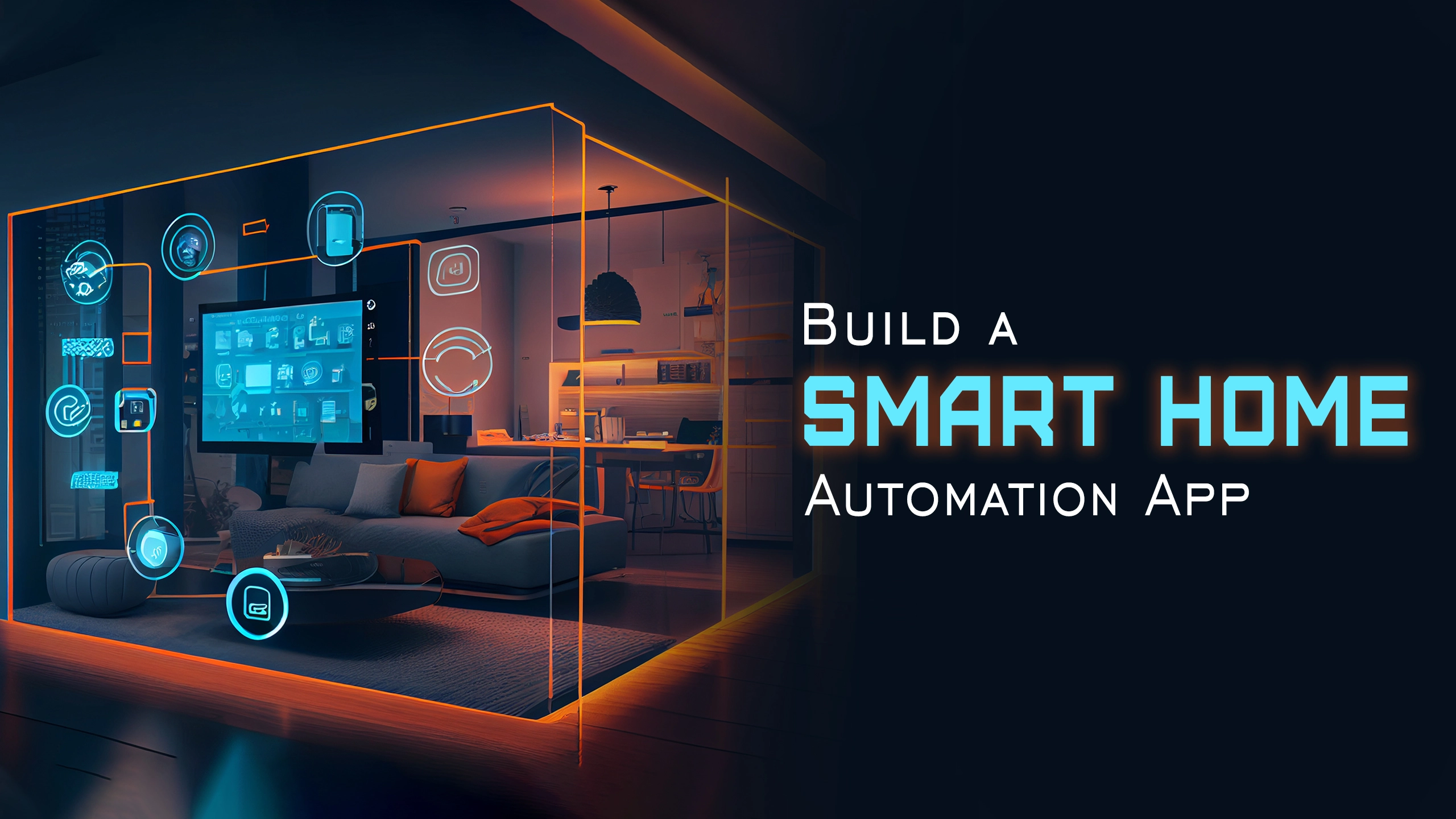Smart home automation is revolutionizing the way we interact with our living spaces. With the rapid advancement of technology, homeowners now have the ability to control various aspects of their homes, such as lighting, temperature, security systems, and entertainment devices, with just a few taps on their smartphones. Building a smart home automation app can open up numerous opportunities for businesses while providing convenience and enhanced living experiences for consumers. However, it also comes with its own set of challenges and considerations. In this blog post, we will explore the opportunities, challenges, process, and costs associated with building a smart home automation app.
Opportunities in Smart Home Automation:
1. Enhanced convenience: Smart home automation offers users the convenience of controlling various devices and systems from a single interface, whether they are at home or away.
2. Energy efficiency: By integrating energy management features, smart home apps can help homeowners reduce their energy consumption, leading to cost savings and a more sustainable lifestyle.
3. Improved security: Smart home automation can include features like smart locks, surveillance cameras, and motion sensors, providing homeowners with enhanced security and peace of mind.
4. Health and wellness: Integrating health monitoring devices and systems into a smart home app can help individuals monitor their health parameters and promote a healthier lifestyle.
5. Integration with IoT devices: Smart home apps can interact with a wide range of Internet of Things (IoT) devices, creating opportunities for seamless integration and interoperability.
Challenges in Smart Home Automation:
1. Device compatibility: With the variety of devices available in the market, ensuring compatibility and seamless integration can be a challenge. App developers need to account for different protocols, standards, and communication methods.
2. Data security and privacy: Smart home automation involves collecting and processing sensitive data, raising concerns about security and privacy. Robust security measures and data encryption are vital to protect user information.
3. User experience: Designing an intuitive and user-friendly interface is crucial for the success of a smart home app. The app should be accessible to users of varying technical expertise and provide a seamless experience across different devices.
4. Complexity of development: Building a smart home automation app involves integrating various hardware devices, software components, and APIs. This complexity requires skilled developers with expertise in IoT and app development.
5. Adoption and market competition: While the smart home market is growing rapidly, there is still a need for greater adoption. Additionally, the market is highly competitive, requiring innovative features and value propositions to stand out.
Process of Building a Smart Home Automation App:
1. Define the scope and features: Start by determining the scope of your smart home app. Identify the essential features, such as device control, automation, scheduling, and notifications, based on market research and user requirements.
2. Design the user interface (UI) and user experience (UX): Create wireframes and mockups to visualize the app’s interface. Focus on simplicity, ease of use, and consistency across different devices and platforms.
3. Develop the app architecture: Design the app’s architecture, considering scalability, compatibility, and security. Choose the appropriate technology stack and frameworks for backend development, APIs, and frontend development.
4. Integrate with IoT devices: Establish connectivity with various IoT devices using protocols like Wi-Fi, Bluetooth, Zigbee, or Z-Wave. Develop APIs or utilize existing ones provided by device manufacturers.
5. Implement functionality and features: Develop the core functionalities, including device control, automation rules, data analytics, and user management. Ensure seamless synchronization between the app and the connected devices.
6. Test and iterate: Conduct thorough testing to identify and fix any bugs or usability issues. Gather feedback from beta testers and users to improve the app’s performance, stability, and user experience.
7. Deploy and maintain: Publish the app on relevant app stores and ensure ongoing maintenance and updates to address security vulnerabilities, compatibility issues, and evolving user needs.
Cost Considerations:
The cost of building a smart home automation app can vary based on factors such as complexity, features, technology stack, and development resources. Major cost components include:
1. Development team: Hiring skilled developers, designers, and testers.
2. Technology infrastructure: Servers, cloud hosting, and data storage.
3. Hardware integration: Costs associated with integrating with various IoT devices.
4. APIs and third-party services: Licensing or utilizing existing APIs and services for specific functionalities.
5. Maintenance and updates: Ongoing support, bug fixes, and feature updates.
Conclusion:
Building a smart home automation app presents exciting opportunities for businesses to tap into the growing market and provide users with enhanced living experiences. While challenges exist, careful planning, user-centric design, robust development processes, and effective project management can help overcome these hurdles. With the right approach, a well-built smart home automation app can revolutionize the way people interact with their homes, offering convenience, energy efficiency, security, and improved quality of life.




